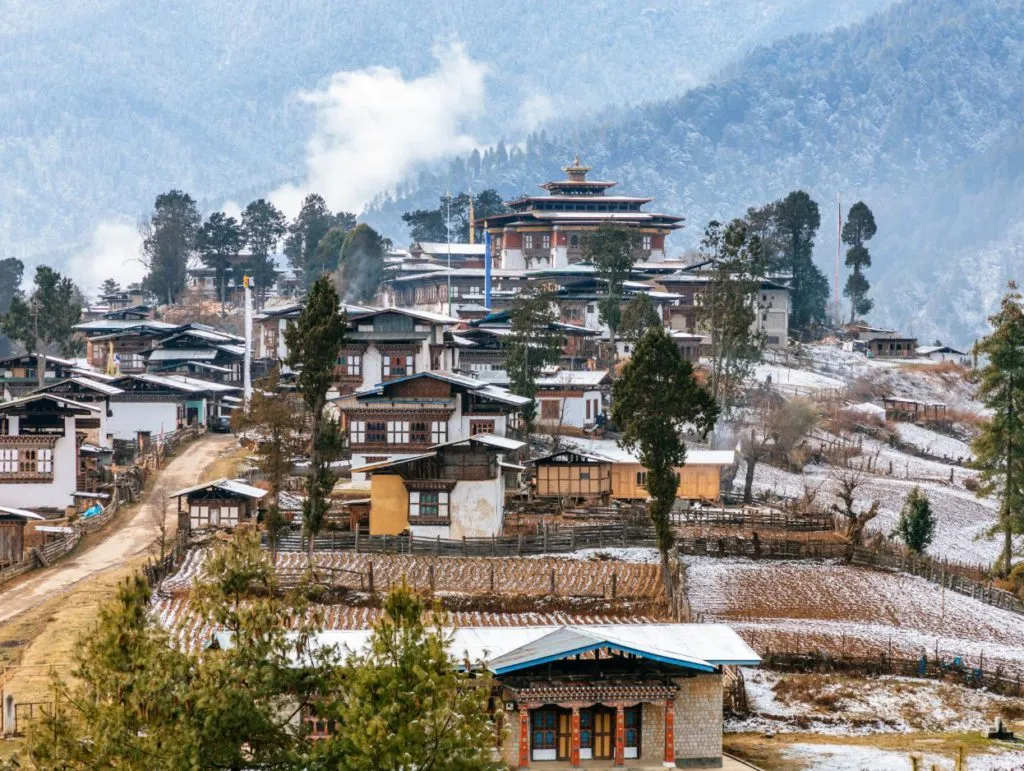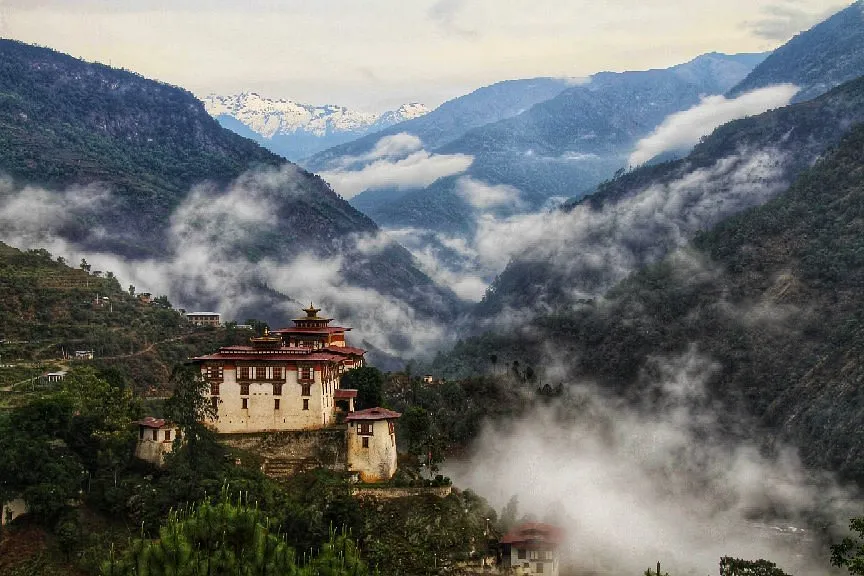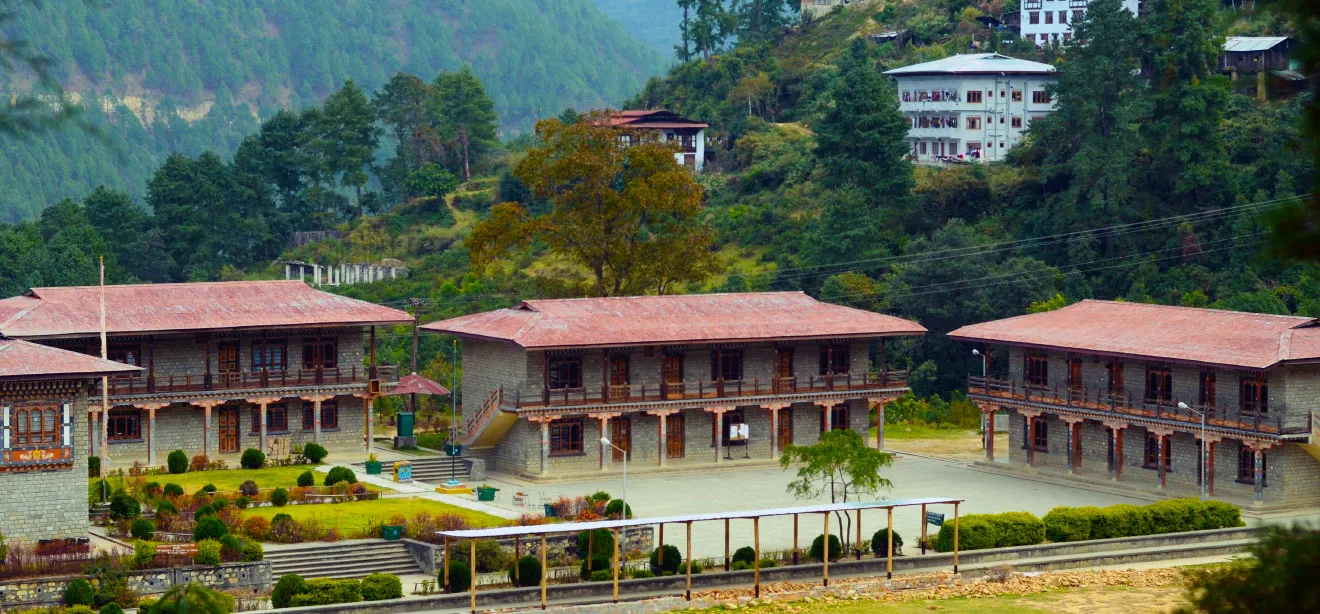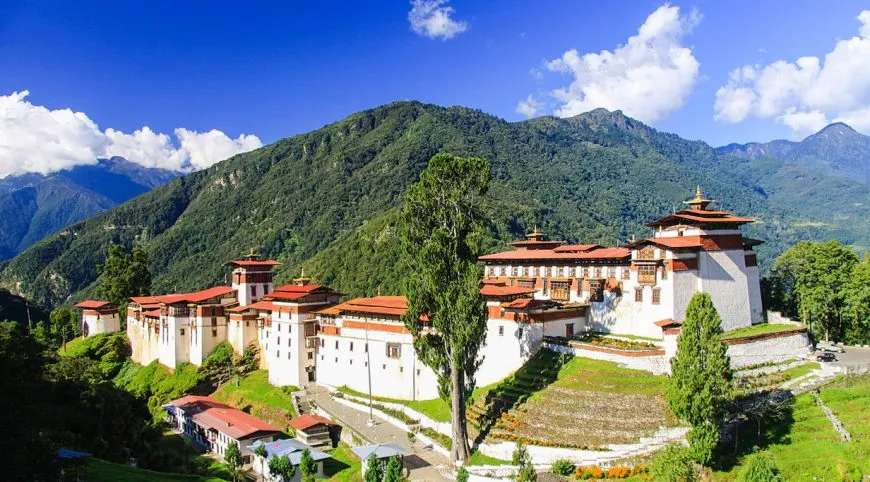Discovering the Hidden Gems of Bhutan: Off-the-Beaten-Path Experiences
Discover Bhutan's authentic charm through off-the-beaten-path experiences in serene valleys, remote villages, and vibrant cultural festivals.
Bhutan, often called the "Land of the Thunder Dragon," is famous for its pristine natural beauty, rich cultural heritage, and Gross National Happiness philosophy. While iconic landmarks like the Tiger's Nest Monastery and the Punakha Dzong attract many visitors, the country also boasts numerous lesser-known treasures. Here are some off-the-beaten-path experiences that offer a deeper, more intimate connection with Bhutan.
1. Haa Valley

Tucked away in the western part of Bhutan, the Haa Valley is a serene and picturesque region. Known for its stunning landscapes and tranquil atmosphere, it remains relatively untouched by mass tourism. Visitors can explore traditional Bhutanese villages, ancient temples, and lush forests. The Haa Summer Festival, celebrated with traditional sports, religious performances, and local cuisine, is a perfect time to visit.
2. Phobjikha Valley

Phobjikha Valley, also known as Gangtey Valley, is a glacial valley located in central Bhutan. It is renowned for its pristine beauty and as the winter home of the endangered black-necked cranes. The Gangtey Monastery, perched on a hill overlooking the valley, offers a serene retreat. Hiking through the valley's trails, visitors can enjoy breathtaking views, encounter diverse wildlife, and experience the simple rural lifestyle of the locals.
3. Lhuntse

Located in the northeastern region, Lhuntse is one of Bhutan's most remote and least visited districts. It is known for its stunning landscapes, traditional weaving, and sacred sites. The Kurtoe region of Lhuntse is considered the ancestral home of the Bhutanese royal family. The Khoma village is famous for its intricate and colorful Kishuthara weavings. The area's monasteries, such as Lhuntse Dzong and Gangzur Village's pottery, offer insights into Bhutanese art and spirituality.
4. Bumthang

Bumthang, often referred to as the spiritual heartland of Bhutan, comprises four main valleys: Chokhor, Tang, Ura, and Chhume. It is home to some of the country's oldest temples and monasteries, including Jambay Lhakhang and Kurjey Lhakhang. The region is ideal for cultural exploration and trekking. The Bumthang Owl Trek, a three-day journey, offers stunning views of the valleys, dense forests, and encounters with local wildlife.
5. Mongar

Mongar, located in eastern Bhutan, offers a blend of ancient and modern Bhutanese culture. The town is a gateway to the less-explored eastern regions and is known for its pleasant climate and beautiful landscapes. Mongar Dzong, though relatively new compared to other dzongs, is a significant cultural site. The region is also famous for its lemon grass and bamboo products. A visit to the nearby villages offers a glimpse into the traditional way of life and craftsmanship.
6. Merak and Sakteng

For those seeking a truly unique experience, the remote highland villages of Merak and Sakteng in eastern Bhutan are a must-visit. Inhabited by the semi-nomadic Brokpa people, these villages offer a rare insight into a unique culture and way of life. Visitors can experience traditional Brokpa hospitality, witness their distinctive attire, and explore the stunning landscapes of the Sakteng Wildlife Sanctuary. The annual Merak Tshechu festival is a vibrant celebration featuring traditional dances, music, and rituals.
7. Nabji-Korphu Trek

The Nabji-Korphu Trek in central Bhutan is an excellent option for those interested in eco-tourism and community-based tourism. This six-day trek takes you through scenic valleys, lush forests, and remote villages. The trek offers opportunities to stay in village homestays, interact with local communities, and learn about their sustainable practices and traditions. The trek also passes through the Jigme Singye Wangchuck National Park, providing chances to spot diverse wildlife.
From serene valleys and ancient monasteries to vibrant festivals and traditional villages, these lesser-known destinations provide a deeper, more authentic connection to the country's culture and natural beauty. Exploring these areas allows visitors to appreciate the true essence of Bhutan, far from the crowds and closer to its heart.







